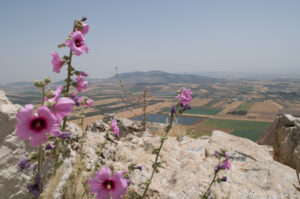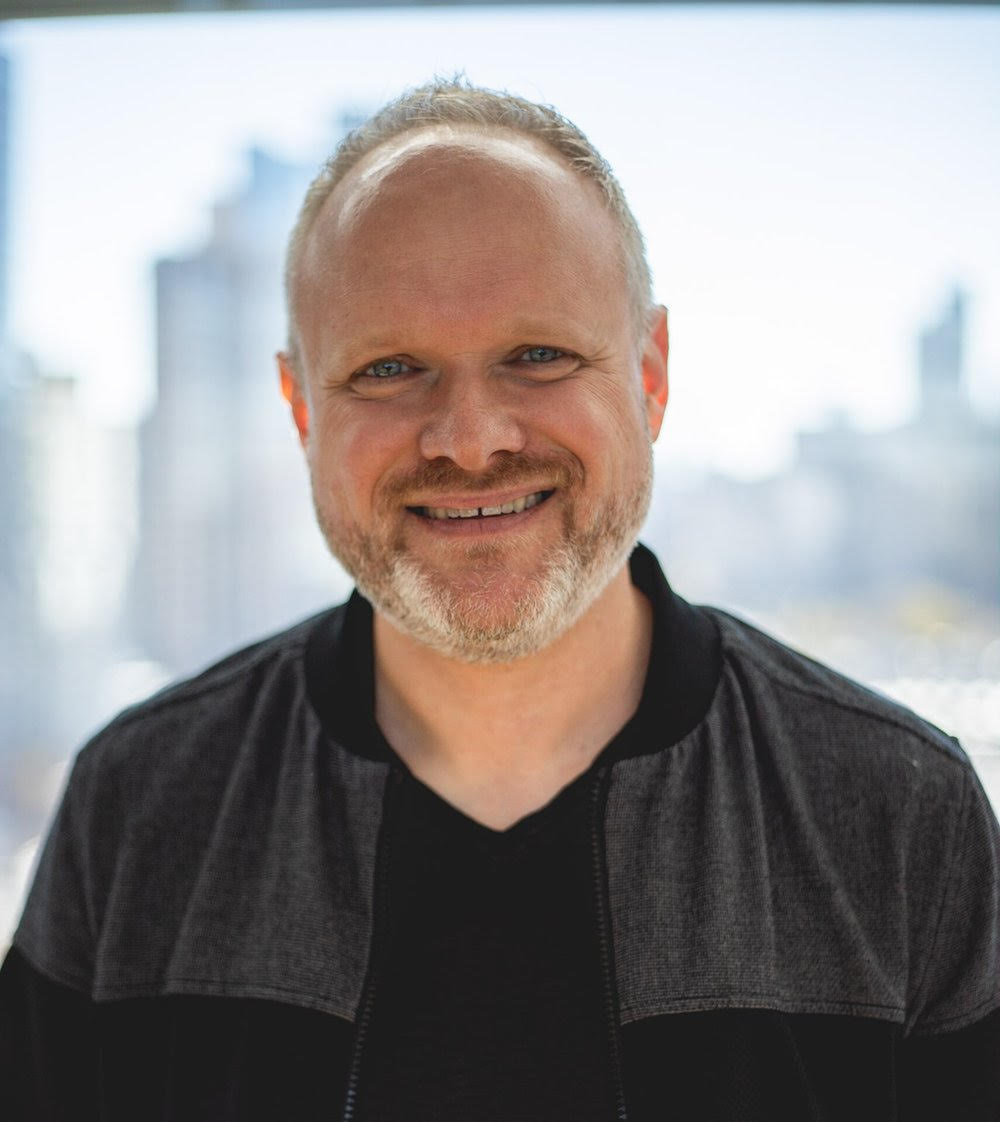What would I have done? That is the question I asked myself standing on a particular cliff on the final day of our Stand and See trip.
As a Christian pastor, my first time walking in the footsteps of Jesus in the Holy Land was even more meaningful than I imagined. From walking in the sweltering summer heat in The Galilee and the Judean Desert to navigating the pressing crowds and narrow streets of Old Jerusalem to the breathtaking views of Jerusalem from the Mount of Olives, Israel has gone from imagined to real — from a vision in my mind’s eye to a physical place of real people, places, and importance.
Standing on the edge of that cliff in Nazareth, though, I wondered what I would have done.
Can you imagine the scene? Jesus stands up in his hometown synagogue in the sleepy village of Nazareth. He is the son of a builder who has begun to develop quite a following as a religious teacher in about AD 30. The Gospel writer, Luke, places Jesus back in Nazareth following his baptism and testing in the wilderness. He had been teaching in synagogues throughout Galilee, and people were responding quite well to his teaching. He had also been performing miracles, causing a stir in the area.
In his hometown synagogue, though, Jesus lights the match that will ignite his public ministry in all of its glory and controversy. Reading from Isaiah 61, Jesus places himself as the actual fulfillment of the prophecy (Luke 4:21). The crowd understands what he has done and is at first confused. I can imagine the scene. “Is he saying what I think he’s saying?” “Did you hear that?” “Who does he think he is?” Can you imagine crowd dynamics at work? Slight agitation leading to a rumbling of voices to someone finally saying, “This is Jesus, he is just a builder’s son!” So, the crowd rises up, and they drive him away to the borders of Nazareth— to the edge of the cliff on which we are now standing on that hot, sunny July day.

Again, I ask myself, what would I have done?
We live in a complicated world with a plurality of religious and non-religious views. The world of politics is extremely polarized, with contempt fueled by anger. We live in a world where we are constantly encouraged to look at those with whom we disagree not as just wrong but as other, even evil. While all humans get angry, philosopher and Christian Theologian Dallas Willard says that anger, if not dealt with, always leads to contempt, which, unchecked, ultimately leads to physical brutality. In return, that contempt fuels and justifies the original anger. It becomes a vicious cycle all too common in the world today.
So, what led this crowd to physical brutality? If I were in the synagogue that day, would my internal rising tension have led me through the progression of confusion, anger, contempt, and ultimately to physical brutality? Would I see Jesus as the other, or would his words have cut to the heart then as they do now?
On the trip, Rabbi Hirschfield encouraged us to imagine a world where the other person (whoever that is for you) doesn’t need to be absent in order for you to be present. How can we live without contempt in a world where contempt is acceptable and even encouraged? How can we hold firmly to the particularity of our own beliefs while making space for the beliefs of others in our neighborhoods and cities?
I like to think I would not have joined the crowd that day, but I’m not so sure. Jesus teaches both a redefinition of what it means to be a neighbor and even instructs his followers to love their enemies. This is difficult today, just as it was in the first century. Love your enemies? Pray for those who persecute you? What if we developed a new way of seeing people that allows for deep, passionate faith while seeing and upholding the inherent value in those with whom we disagree?


